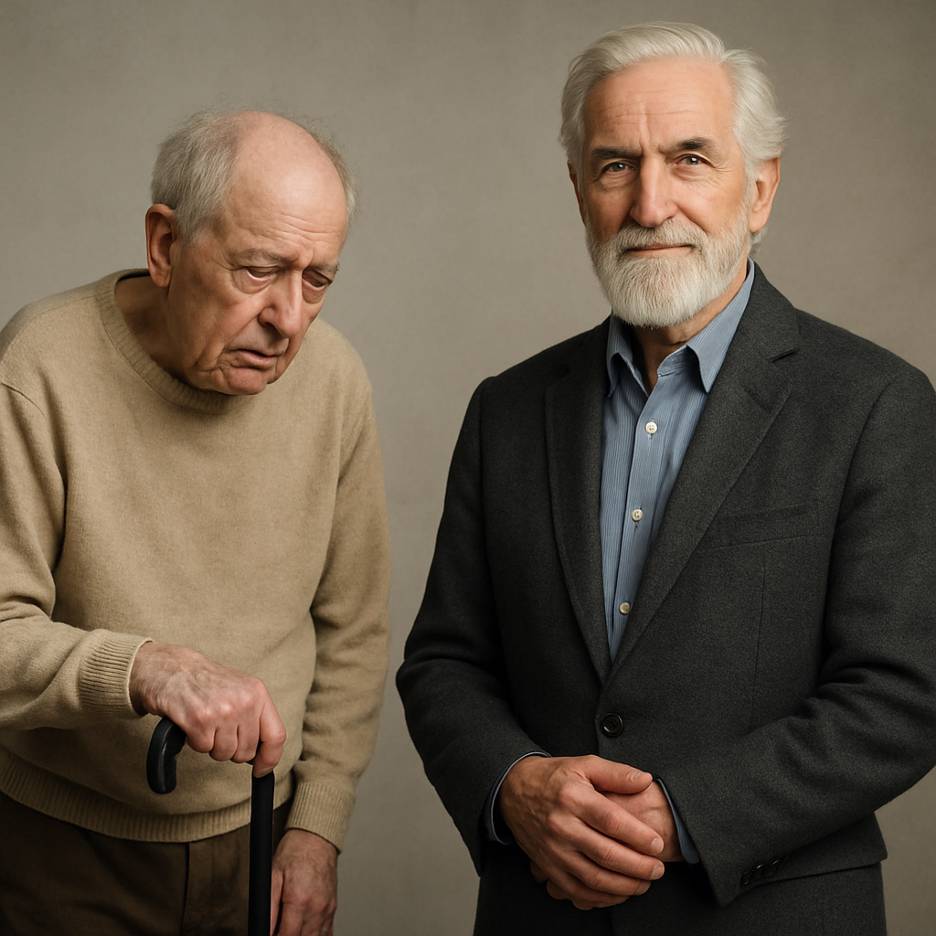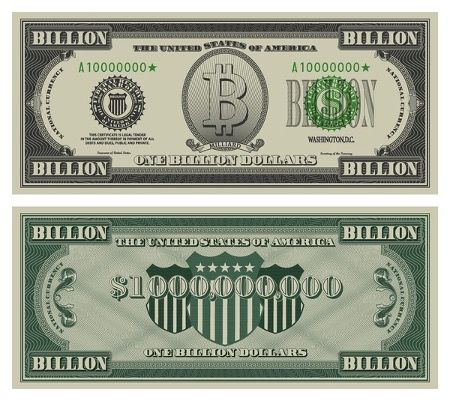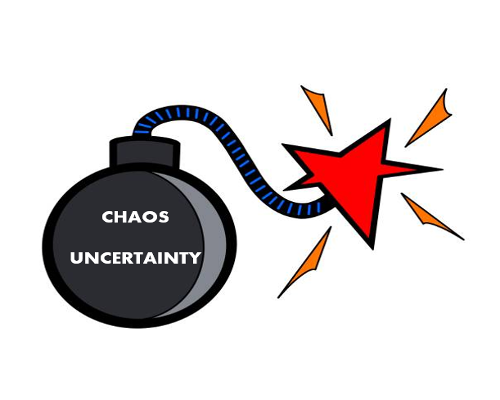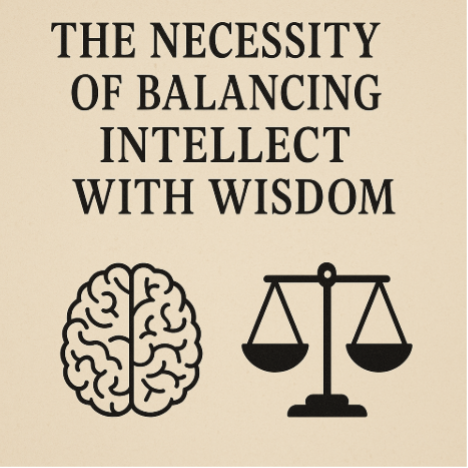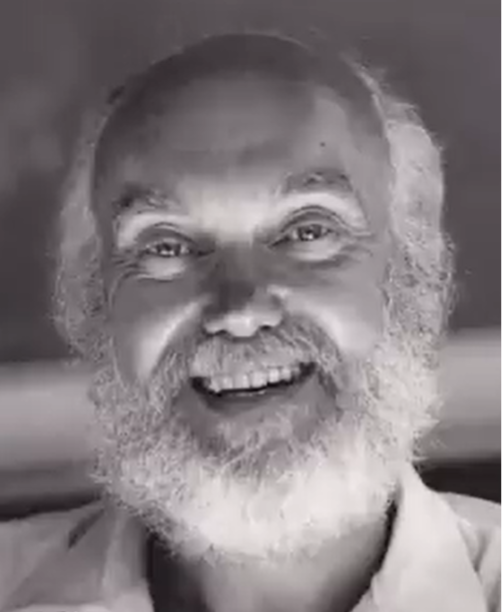TRANSFORMATION - ACCESS TO INSPIRATION
"There are only two ways to influence human behavior: you can manipulate it, or you can inspire it." - Simon Sinek
INTRODUCTION - TRANSFORMATION
Transform is a transitive verb.
A transitive verb has two characteristics. First, it is an action verb, expressing a doable activity such as kick, paint, or write. Second, it has a direct object, something or someone who received the action of the verb. In this case, the "someone" is the leader, and the action verb is transform.
Transform means to change in composition or structure; to change outward form or appearance; to change character or condition: convert; to undergo a bodily transformation. In our leadership development work, we transform leaders altering their ability to think and act beyond (unbound from) their past, their psychology, and their personality - to go beyond their self-imposed limitations and self-defeating internal concepts. Through the leader's transformational work, they concurrently become able to transform others.
Transformation is the natural gateway to inspiration. Transformation stimulates people mentally and emotionally, to do and feel something that increases their willingness to think new thoughts and take unfamiliar action.
TRANSFORMATIONAL LEADERS
Transformational leaders are easy to recognize. Transformational leaders regularly remind their teams of the purpose of their work. They understand that people hold them as a role model. Transformational leaders demonstrate integrity in their working relationships. Transformational leaders set high expectation, but constantly "walk the talk" to demonstrate the operating principles the leader expects of others.
This is the external characteristics of transformational leaders, but there is also the internal work a transformational leader provides, which is to transform the people around them.
Leadership expert James McGregor Burns introduced the concept of transformational leadership in his 1978 book, "Leadership." Burns defined transformational leadership as a process where "leaders and their followers raise one another to higher levels of morality and motivation."
Bernard M. Bass further developed the concept of transformational leadership. According tohis 1985 book, "Leadership and Performance Beyond Expectations," this kind of leader:
· Is a model of integrity and fairness.
· Sets clear goals.
· Has high expectations.
· Encourages others.
· Provides support and recognition.
· Stirs the emotions of people.
· Gets people to look beyond their self-interest.
· Inspires people to reach for the improbable.
After more than 25 years after Bass' book, transformational leadership is still argued to be one of the most important ideas in business leadership.
BECOMING A TRANSFORMATIONAL LEADER
We've weaved Bass' ideas into our consulting model for senior executives to becometransformational leaders. Bass' model defines a transformational leader as:
1. Creating an inspiring vision of the future.
2. Motivating people to buy into and deliver the vision.
3. Managing the delivery of the vision.
4. Building ever-stronger, trust-based relationships with their people.
We've added our own pieces to the process.
5. Being fully and wholeheartedly engaged in self-awareness and self-development.
6. Being committed to their ongoing transformation.
7. Utilize coaching to take off the blinders and disappear the assumptions.
8. Hold their word as superior ordinate.
THE TRIANGLE OF TRANSFORMATIONAL LEADERSHIP
People need a compelling reason to follow a leader. This is why leaders need to create and communicate an inspiring vision of the future. A vision is a future that is possible. It is not a future that is past based. It is not a future that 'pie-in-the-sky.' It is a future that would not happen by default alone. It is a future that will make a difference in the lives of people. It is a future that is possible that others can also realize and commit to achieving this future.
The vision is directly linked to the organization's purpose - the "why" - why the leader and their team get up in the morning to do what they do.
Leaders develop the vision by understanding those core values that will be the bedrock of the culture. A consciously generated culture that will create the condition for the vision and purpose to be realized.
Leaders also understand the capabilities and resources of their organization. They grasp their environment (internally and externally), and with thoughtful analysis of their resourcesand environment, see the best way forward.
In our work, we ask the client to develop their vision with their senior team or board depending on the situation. We ask them to begin with the company's values and purpose, the vision is the third leg of this triangle.
RECOMMENDATION
As the leader, if you can evoke the existence and persistence of the three elements of the triangle, then people will be inspired. Keep the vision, purpose, and core values in existence and have them persevere by speaking about them routinely with conviction and authenticity. And more important, operating consistent with them.
To powerfully and continuously deliver the vision, purpose, and values, which you must be engaged in their own transformation. As the leader, you need to keep on transforming in terms of who you are to have the vision, purpose, and core values have life.
The greater the discipline and determination to have the vision, purpose, and core values live as the heart of the enterprise, will require your ongoing transformation. Your job as a leaderis to be a correlate in being and doing is to make sure these elements thrive in your enterprise. And the greater your transformation, the greater the depth, and penetration of vision, values, and purpose, the more people will be inspired.






